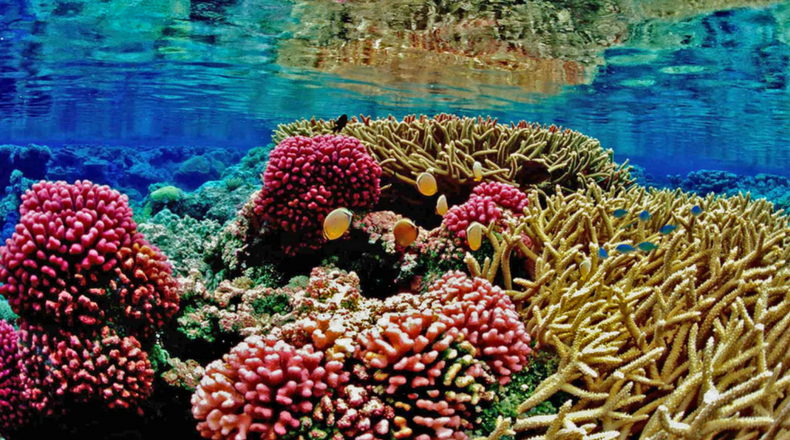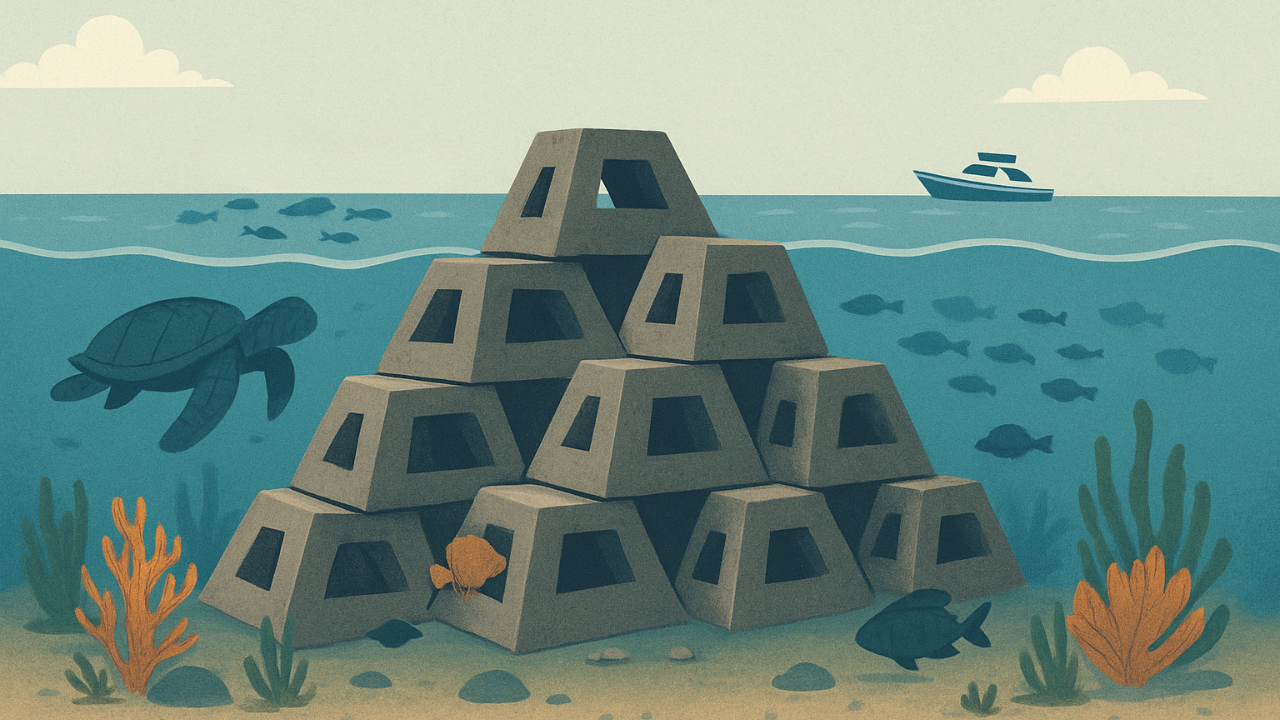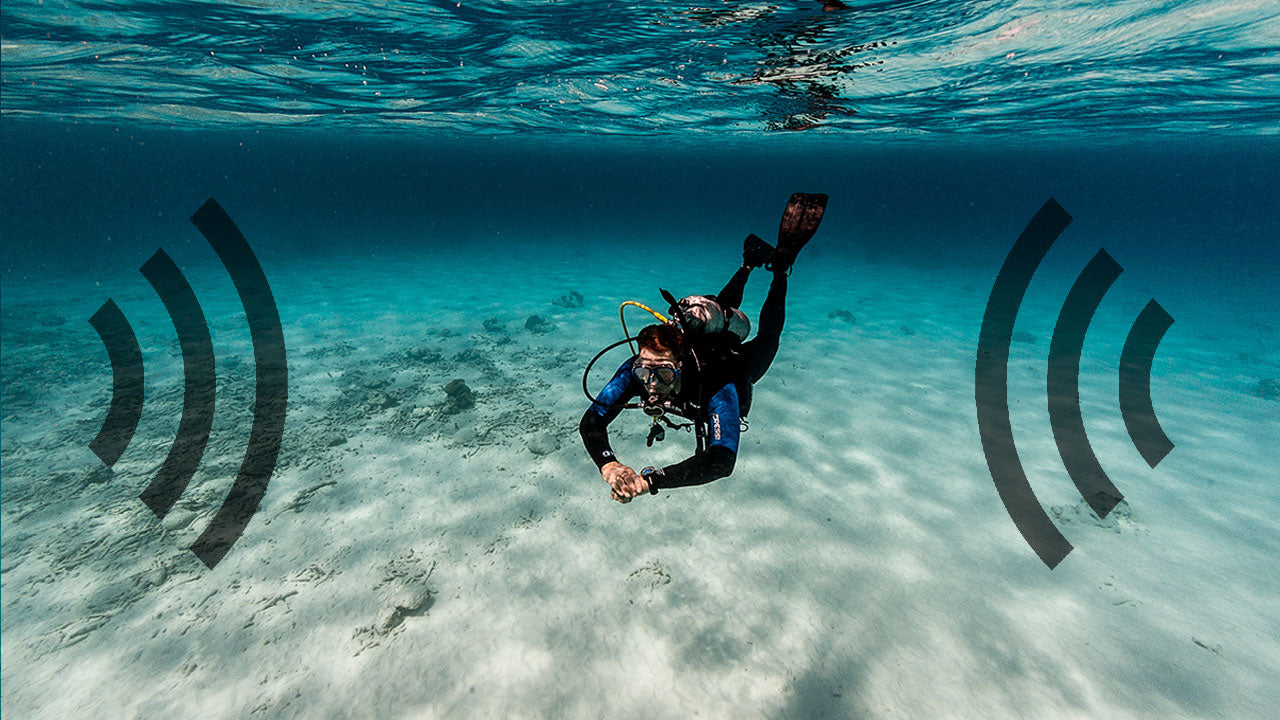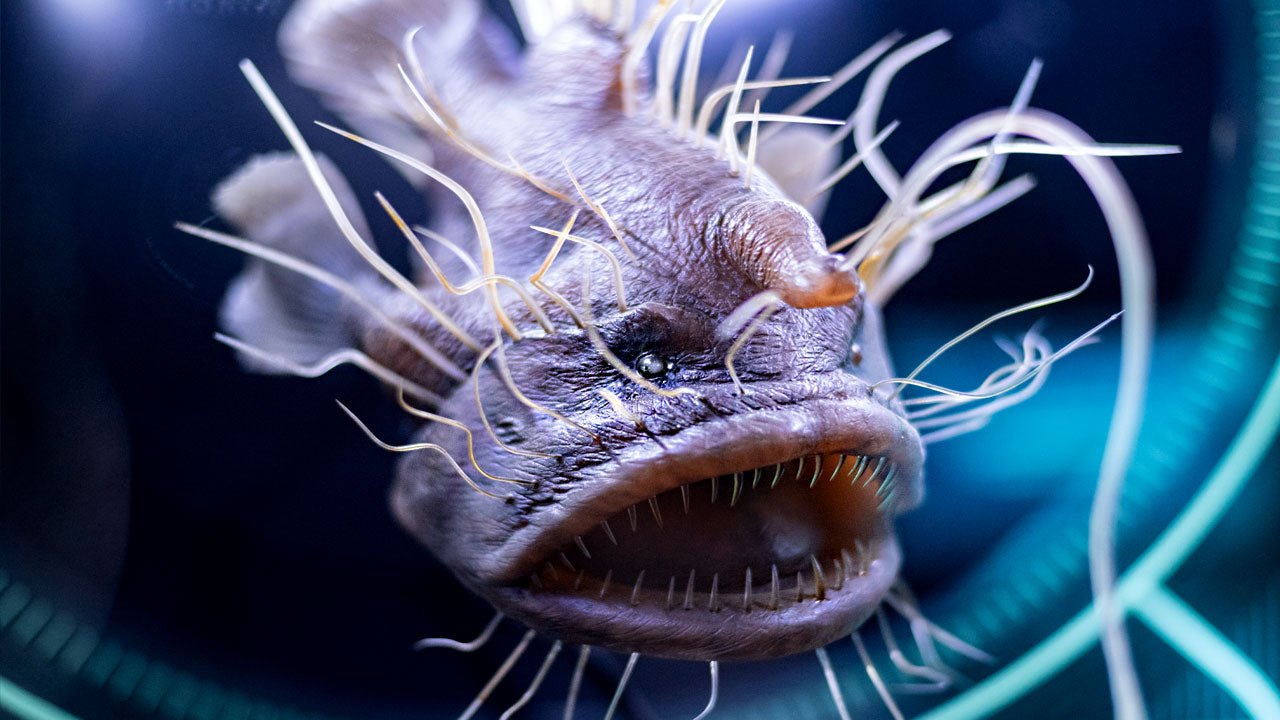The Ethical Debate Around Artificial Reefs: Conservation or Tourism Ploy?

Artificial reefs, man-made structures deliberately placed on the ocean floor, have been hailed as innovative tools for marine restoration. They promise to provide new habitats for marine life, protect shorelines, and sometimes divert tourist pressure from fragile natural reefs. Yet, their popularity has also sparked an ongoing ethical debate: are they truly about conserving marine ecosystems, or are they just cleverly marketed tourism infrastructure?
The answer lies somewhere between these two extremes, and untangling it requires a close look at their design, intent, regulation, and long-term impacts.
What Exactly Is an Artificial Reef?
An artificial reef is not just any object dropped into the ocean. It’s a deliberately engineered or repurposed structure designed to attract marine life. Common examples include:
- Purpose-built modules made from pH-balanced concrete or ceramic to mimic natural reef textures.
- Repurposed vessels, such as decommissioned navy ships, cleaned of contaminants and sunk to create complex habitats.
- Industrial remnants, like oil rig jackets, are repurposed under “rigs-to-reefs” programs.
- Experimental substrates include recycled glass, limestone blocks, and 3D-printed structures.
Their designs aim to replicate features of natural reefs - crevices, overhangs, and surfaces that encourage coral settlement and shelter fish. But unlike natural reefs, artificial ones are products of human decision-making, which introduces ethical questions about who decides their purpose, location, and upkeep.
Conservation Motivations: Restoring What’s Lost
Marine ecosystems worldwide face severe degradation. Overfishing, coral bleaching, coastal construction, and pollution have decimated habitats that took centuries to form. Artificial reefs can help fill this gap.
Habitat Enhancement
Artificial reefs provide a foundation for new ecological communities in barren seabeds or areas with poor substrate. Over time, corals, sponges, and algae colonize these structures, attracting fish and invertebrates. Some projects focus on connecting “habitat fragments,” creating stepping stones that help species disperse.
Species Recovery
Certain artificial reefs are deployed with specific ecological goals, such as aiding endangered species recovery. These reefs can act as population refuges by providing predator-free zones or increased breeding spaces. In some cases, structures are tailored to the needs of a particular species - larger cavities for groupers, smaller ones for juvenile reef fish.
Climate Change Considerations
In the era of climate change, artificial reefs face additional scrutiny. While they can offer temporary refuge to marine species, they do not address root causes such as ocean warming and acidification. If marketed as a climate solution, this risks giving a false sense of progress while avoiding harder systemic action.
However, some researchers are experimenting with using artificial reefs as coastal defense structures, blending habitat restoration with shoreline protection from rising seas and stronger storms. If designed holistically, these projects can deliver multiple benefits.
The Ethical Upside
Artificial reefs can be ethically justified if the primary driver is ecological restoration backed by long-term scientific monitoring. They become tools of environmental repair rather than commercial opportunity.
Learn more about how coral reefs support enormous biodiversity, provide food, jobs, income, and shoreline protection in the article below.
Why Coral Reefs Are Important
The Tourism Dimension: A Boon or a Diversion?
Tourism and artificial reefs have become deeply intertwined. Dive operators, coastal resorts, and even governments see them as attractions that can stimulate local economies.
Economic Incentives
Tourist-friendly artificial reefs can reduce pressure on natural reefs by providing alternative dive sites. This can be beneficial when natural reefs are overvisited and stressed. The economic ripple effect - lodging, restaurants, dive training - can also help sustain coastal communities.
Greenwashing Concerns
The problem arises when tourism becomes the primary reason for deploying reefs. In such cases, the “eco” label becomes a marketing tactic. Structures may be placed in ecologically unnecessary locations or designed primarily for visual appeal rather than habitat function. Worse still, without follow-up ecological monitoring, their actual impact on the environment they were placed in remains unknown.
Case Example
In Tigbauan, Iloilo, a community-driven artificial reef project was implemented to address declining fish stocks due to overfishing and habitat degradation. Local fishers constructed concrete jackstone-type artificial reefs and deployed them off the coast of Baguingin village.
Ecological and Social Outcomes
- Positive Aspects:
- Some fishers reported increased catches of particular species, particularly those using longlines.
- Marine life began to colonize the reefs, indicating initial ecological benefits.
- Challenges:
- Gillnet fishers did not observe significant changes, and some reported that the reefs occasionally damaged their nets.
- The reefs were susceptible to burial by sedimentation and damage from natural disasters, leading to concerns about their long-term viability.
- There was a lack of comprehensive monitoring and adaptive management, which are crucial for assessing the project's effectiveness and making necessary adjustments.
This case underscores the importance of careful site selection, community involvement, and ongoing monitoring to ensure the success and sustainability of artificial reef projects.
The Cultural and Social Dimension
Artificial reefs don’t just affect marine life - they also intersect with local culture and social equity.
- Community Involvement: Projects that involve local fishers, divers, and community leaders tend to have greater long-term support and accountability.
- Access and Equity: If reefs are created mainly for high-paying tourists, local communities may be excluded from enjoying or benefiting from them.
- Cultural Significance: In some regions, sinking culturally significant vessels or sculptures has sparked debates over whether such acts honor or exploit heritage.
Material Choices: Sustainability or Hazard?
The material used in artificial reefs is one of the most precise ethical dividing lines.
- Environmentally Appropriate Materials: pH-neutral non-toxic concrete, marine-grade steel, or specially engineered ceramics for long-term underwater stability.
- Risky Materials: Tires, painted metal, untreated wood, or plastics that can leach harmful chemicals.
The most notorious cautionary tale is the Osborne Reef project in Florida during the 1970s, which deployed two million old tires as an artificial reef. Poorly anchored, the tires broke free during storms, damaging nearby natural reefs and scattering debris across miles of seabed. Decades later, this failure still costs millions in cleanup.
Lesson: Ethical reef design demands rigorous materials testing and strict environmental safety standards before deployment.
Governance and Oversight Gaps
Artificial reefs often fall into regulatory gray zones. In some countries, they are managed by fisheries departments; in others, by environmental agencies or tourism boards. This fragmented governance leads to inconsistent standards.
Key Oversight Gaps:
- Permitting without baseline surveys: Reefs are deployed without assessing the existing seabed ecology.
- No post-deployment monitoring: Without tracking changes in biodiversity or water quality, claims of success are unverifiable.
- Lack of removal plans: Few projects have a contingency for removing or replacing deteriorating structures.
Ethical Concern: Artificial reefs can become unmonitored marine litter without strong oversight.
Measuring Success: Metrics Beyond Tourism
A reef’s ethical legitimacy can only be determined through measurable ecological outcomes. This means moving beyond tourist numbers or revenue figures to complex data:
- Biodiversity indices: Are more species present than before?
- Fish biomass: Is there an increase in healthy fish populations?
- Habitat connectivity: Are natural reefs nearby benefiting from spillover effects?
- Reduction in natural reef pressure: Has diver traffic shifted from fragile sites?
Japan: Tateyama Bay Artificial Reefs
In Tateyama Bay, central Japan, a study investigated the distribution of marine fishes at artificial reefs (ARs) and surrounding stations. Using advanced techniques like qMiSeq and echo sounder surveys, researchers found higher quantities of fish environmental DNA (eDNA) at the ARs compared to surrounding areas. This indicates that the artificial reefs are effectively supporting diverse fish populations.
The study also observed different fish species compositions between the artificial reefs and the surrounding stations, highlighting the unique ecological niches created by these structures. These findings underscore the potential of artificial reefs in enhancing marine biodiversity and supporting sustainable fisheries.
Australia: Great Barrier Reef Marine Monitoring Program
The Great Barrier Reef Marine Monitoring Program (MMP), established in 2005, is a comprehensive initiative to assess the health of coral and fish communities within the reef. Managed by the Australian Institute of Marine Science (AIMS), the program provides essential data on the status of these communities and how they are changing over time.
The MMP employs a combination of long-term monitoring and advanced data analysis to inform reef management strategies and conservation efforts. By tracking changes in coral and fish populations, the program helps identify emerging threats and assess the effectiveness of management interventions.
Ways to Document and Share Artificial Reef Impact
Effectively tracking and communicating the outcomes of artificial reef projects is essential for transparency, scientific validation, and public engagement. Several approaches can be used to capture and share the reef’s ecological progress:
1. Underwater Video and Photography
- Record coral growth, fish populations, and overall ecosystem changes over time.
- Use before-and-after comparisons to demonstrate ecological improvements visually.
- Use a video editor to enhance visuals with color correction, annotations, and subtitles to make findings accessible to diverse audiences.
2. Drone and Aerial Imaging
- Capture changes in coastal environments and reef structures from above.
- Helpful in monitoring sedimentation, erosion, and reef expansion over time.
3. Time-Lapse and Remote Monitoring Cameras
- Install cameras on or near artificial reefs to continuously capture ecological activity.
- Provides long-term datasets that can reveal patterns not visible in short-term surveys.
4. Community and Stakeholder Engagement Tools
- Encourage local fishers, divers, and citizen scientists to contribute photos, videos, and observations.
- Build a sense of ownership and accountability while increasing the volume of monitoring data.
5. Digital Platforms and Social Media
- Share updates, findings, and educational content via websites, social media, or project portals.
- Transparency helps prevent “greenwashing” and allows stakeholders to track real progress.
6. Scientific Reporting and Publications
- Complement visual documentation with structured ecological surveys, species counts, and biodiversity indices.
- Multi-year monitoring data published in accessible formats strengthens credibility and informs future reef projects.
By combining visual, community-driven, and scientific approaches, artificial reef projects can effectively communicate their impact, support conservation goals, and inspire broader public engagement.
Conclusion: Balancing Intent and Outcome
Artificial reefs are not inherently good or bad. They are a tool - a highly visible, politically appealing, and sometimes economically lucrative one. The ethical dividing line lies in why they are built, how they are built, and who benefits from them.
An ethically defensible artificial reef project should meet these criteria:
- The primary purpose is ecological restoration, with tourism as a secondary benefit.
- Safe, durable, non-toxic materials have proven suitable for marine colonization.
- Comprehensive scientific planning and monitoring, with transparent data sharing.
- Community involvement in decision-making and benefits distribution.
- Clear long-term management plan, including maintenance or removal strategies.
Without these safeguards, artificial reefs risk becoming nothing more than submerged marketing props - structures that benefit businesses far more than biodiversity.
The debate will likely continue as technology advances and the pressures on our oceans intensify. For now, the challenge is ensuring that the lure of quick tourist revenue does not overshadow conservation goals. Artificial reefs can be a lifeline for marine ecosystems when created wisely - or just another harmful human footprint on the seafloor when they’re not.





